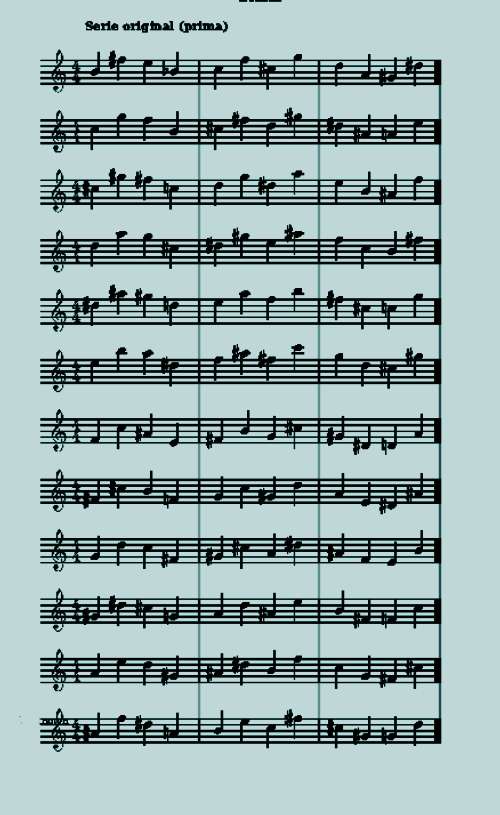[media= 16]
som
Compartilhe suas leituras – Poéticas Visuais – Júlio Plaza
sinopse: Poéticas Visuais é um texto de Júlio Plaza escrito em 1977 sobre os fenômenos samizdat para a troca de idéias e informações por parte de alguns grupos de artistas.
palavras-chave: arte, samizdat, mobilização, circuito, anos 60-70, arte brasileira, crítica de arte, manifestações artísticas, história da arte, escrito de artistas.
plantações eletroacusticas
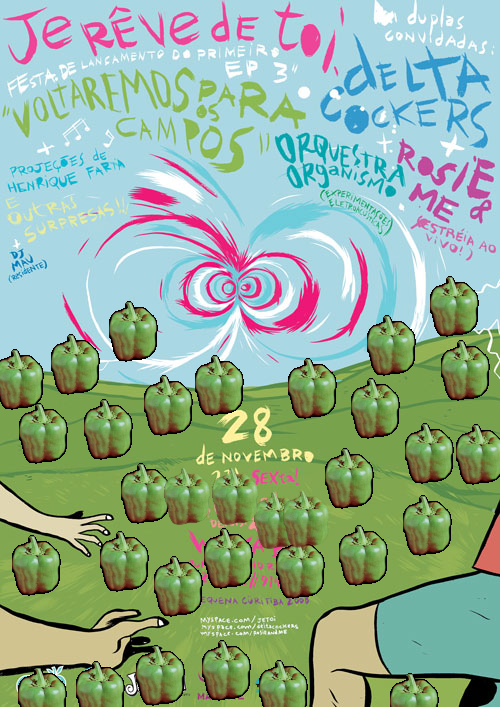
corte con el cuchillo de cocina en la última época cultural de barriga cervecera.
aniversário pirata – panetone em infinito pelo infinito
glerm 11mai2008: Oi amigos,
Ja dando o recado mas vou dar de novo várias vezes essa semana.
Dia 17 de maio próximo sábado estamos querendo pilhar a inauguração oficial do espaço 8!8 aqui no água verde.
mapa: http://casa.devolts.org
Aproveitando também que é meu aniversário!
Vai estar presente também o amigo pan&tone de Porto Alegre com seus brinquedinhos eletrônicos hackeados dialogando com toscolão e toscolissess.
Aliás durante todo o fim de semana vai rolar uma imersão de artesanato de volts, pra quem quiser aparecer.
Queria pedir para amigos que querm fazer um som que tragam instrumentos e amps, pois a tendencia é rolar barulho.
E também pedir se alguem poderia me descolar um projetor, pra gente fazer uma sessão de filmes e afins.
que tal?
claudia 12mai2008: Legal, Seção de filmes!
Seria bom se alguém pudesse emprestar um projetor ou ajudar no aluguel de um, custa R$ 100,00 a diária.
barbara 14mai2008: Glerm, Feliz aniversario pra vc e pro 818 !! Um ano cheio de luz e brisa!!
balbino 15mai2008: ja to acendendo as velas! será que rola uma promoção do avião??
caralha santos dumont
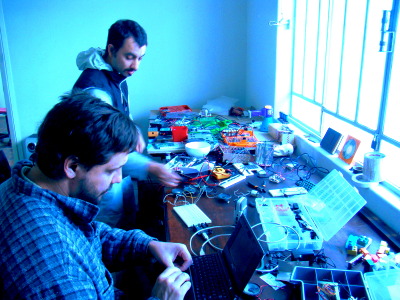
818 17mai2008: caraia glerm e panetone!
conserto
mapas e materiais – P zero em suas 12 transposições – conSerto
o vento sopra o contraponto,e,ou,porém.
Contraponto do Cabessa de Vento Assumido:
Modo E/Ou (Estudos Para uma Sinfonia sobre o Cartesiano em Tilt):

electrio
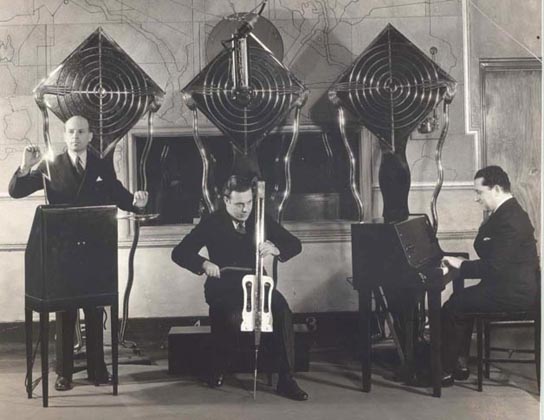
This is the THE THEREMIN ELECTRO-ENSEMBLE later called THE
ELECTRIO circa 1932. The thereminist on the left is Leon Theremin’s assistant, Julius Goldberg, playing his RCA theremin with the customized “lightning bolt” art deco, brass nickel chrome antennas. The musician seated in the center of the photo playing the “theremin cello” is the late Leonid Bolotine with whom I studied in New York City in the mid 1960’s. Pianist Gleb Yellin is on the right playing a theremin keyboard. In 1932, the ensemble could be heard on the radio every Monday afternoon at 2:15 over the Columbia Network, KMBC. The picture was taken in the broadcast studio and is from the collection of thereminist David McCornack.

Here is the Goldberg theremin as it is today, after restoration. It has a new set of hardwood legs, a mahogany finish and a new, nickel plated brass “lightning bolt” pitch antenna made by a master metal worker to match the original. Julius Goldberg was quite a showman and while the distinctive antennas may look striking on stage, the pitch antenna is not practical for precision playing because the configuration of the electromagnetic field emanating from it is as irregular and jagged as the antenna itself. When I record with the instrument, I replace the “lightning bolt” with the standard RCA rod that came with the theremin. The Julius Goldberg RCA theremin can be heard on two cuts from my theremin recording, MANY VOICES.

A close-up of the front of the theremin shows the brass PITCH and VOLUME escutcheons that were part of the 1929 RCA theremin design.

The open cabinet doors reveal the replacement power transformer (the black box in the lower right section of the cabinet). The original RCA transformer blew up on the day of one of John Snyder’s concerts. John was lucky to find an expert who managed to replace it just in time for the performance. Other than the transformer, and one or two small additions made by Julius Goldberg himself, the theremin is entirely original.

As vintage theremins age, their capacitance degenerates as the plates on the old fashioned “trimming condensers” (the three white cards just below the vacuum tubes) begin to wear. This degeneration causes the theremin to lose its high notes. It can be easily corrected by the addition of a few pico farads of capacitance across the circuit. Exactly how much to add must be determined by trial and error. In the photo above, you can see the “alligator clips” that I have added to the trimming condensers to facilitate experimentation.

This is the back of the Julius Goldberg RCA theremin before restoration, legless, and sitting on a low table. People sometimes ask why so many vintage theremins had their legs cut off. If you want to know the answer to this question, just try and get one into the back seat of your car. At some point in the Goldberg theremin’s history, probably in the “Hippy Era” of the late 1960’s, it had been painted a sickly green colour in order to contemporize it. When I acquired the theremin, its previous owner, John Snyder, had stripped off the green paint but had never refinished the cabinet.

Julius Goldberg “kid proofed” his theremin, perhaps following the birth of his children. He added a lock and key to the cabinet doors in order to keep little hands from getting big electric shocks while poking around inside the cabinet. When I restored this instrument, I asked a number of fellow thereminists if they thought I should replace the victorian ormolu fixtures with original vintage RCA doorknobs and everyone felt I should leave them, since they are a part of the instrument’s history.
Although the RCA theremin was originally a mass produced, factory made instrument, they do not all sound the same. Over time, the slow degrading of parts, the addition of different elements, replacements, etc., have contributed to the distinctive voices of these electronic treasures. In a way, this process could be compared to the changes that take place in acoustic instruments as wood, glue and varnish begin to undergo certain natural transformations and repairs and restorations are made sometimes over several centuries.
I affectionately call this theremin “Goldie”. Her voice is exceptionally bright and clear which, to my ears, makes her sound particularly appropriate for certain types of music. If you would like to hear a sample of this sound, click on the link below. This is “Goldie” singing the opening section of Orpheus’ lament, CHE FARO SENZ’ EURIDICE from ORFEO by the Austrian composer, C. W. Gluck (1714 – 1787). This is a short excerpt from the entire piece which can be heard on MANY VOICES.
Buenas e me espalho, nos pequenos dou de prancha, e nos grandes dou de talho!
enquanto isso em Porto Alegre:
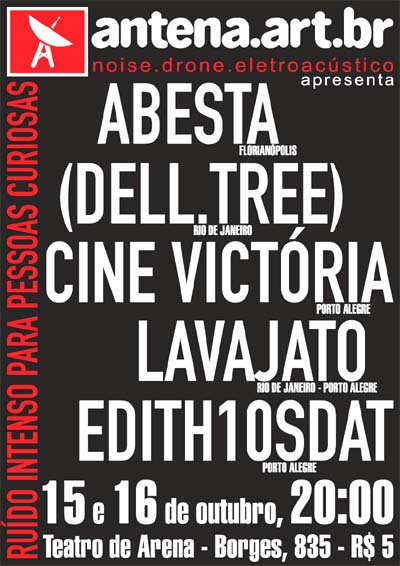
glerm, o gaudério, recomeeeinda!
a saber, os tais (HMMM) convidados são Adipocera, Alexandre Porres, Alter Breitenbach, Antoine Trauma, Cristiano Figo e Lucas Pires.
Melzinho na chupeta!
salve, vitoriamario…
Olá Mundo!
Nasceu aqui neste momento o usuario
Occam
.
A senha é fe9f3b1.
O sobrenome é (clique com o botão direito e salve o DESTINO como…)

basta clicar aqui usar o usario e senha e gnrriugbraeiubgabgbjbfbçb.
ou—————————————————————————————————————-

